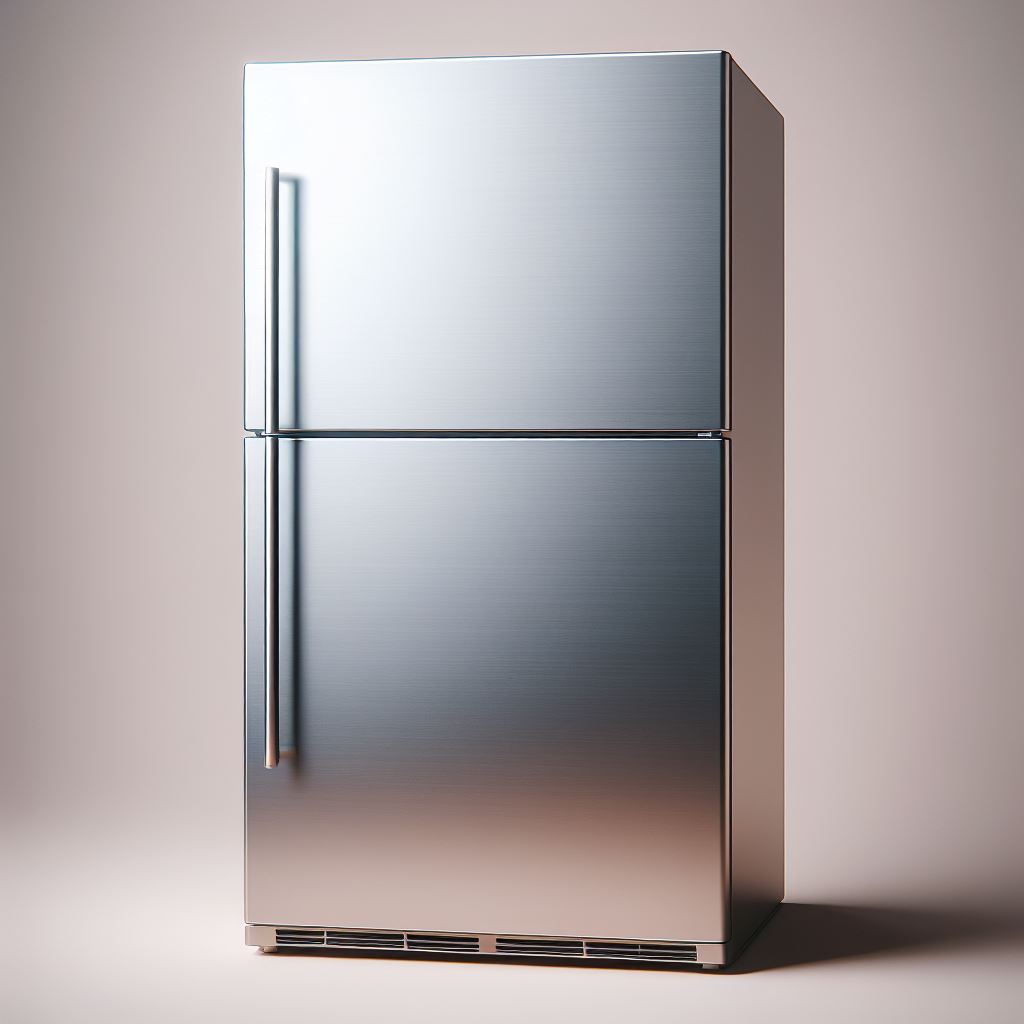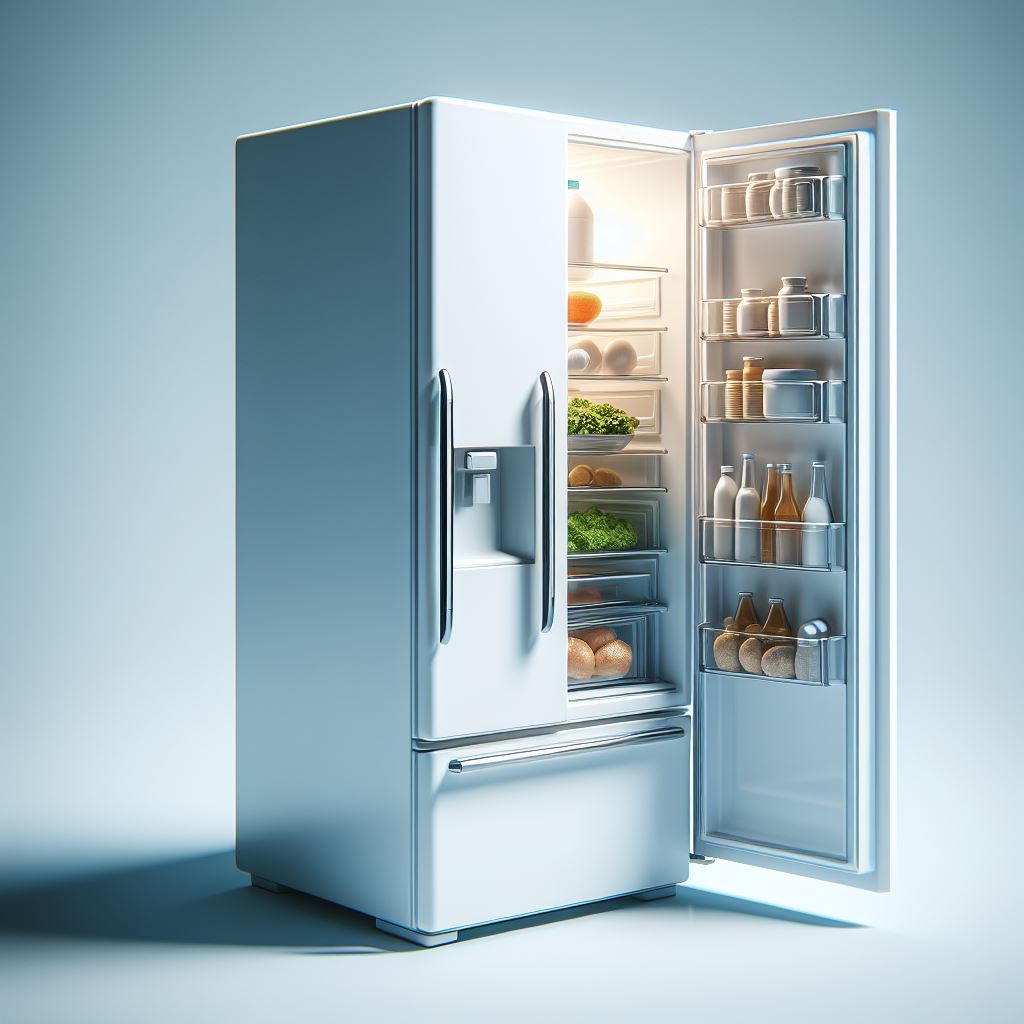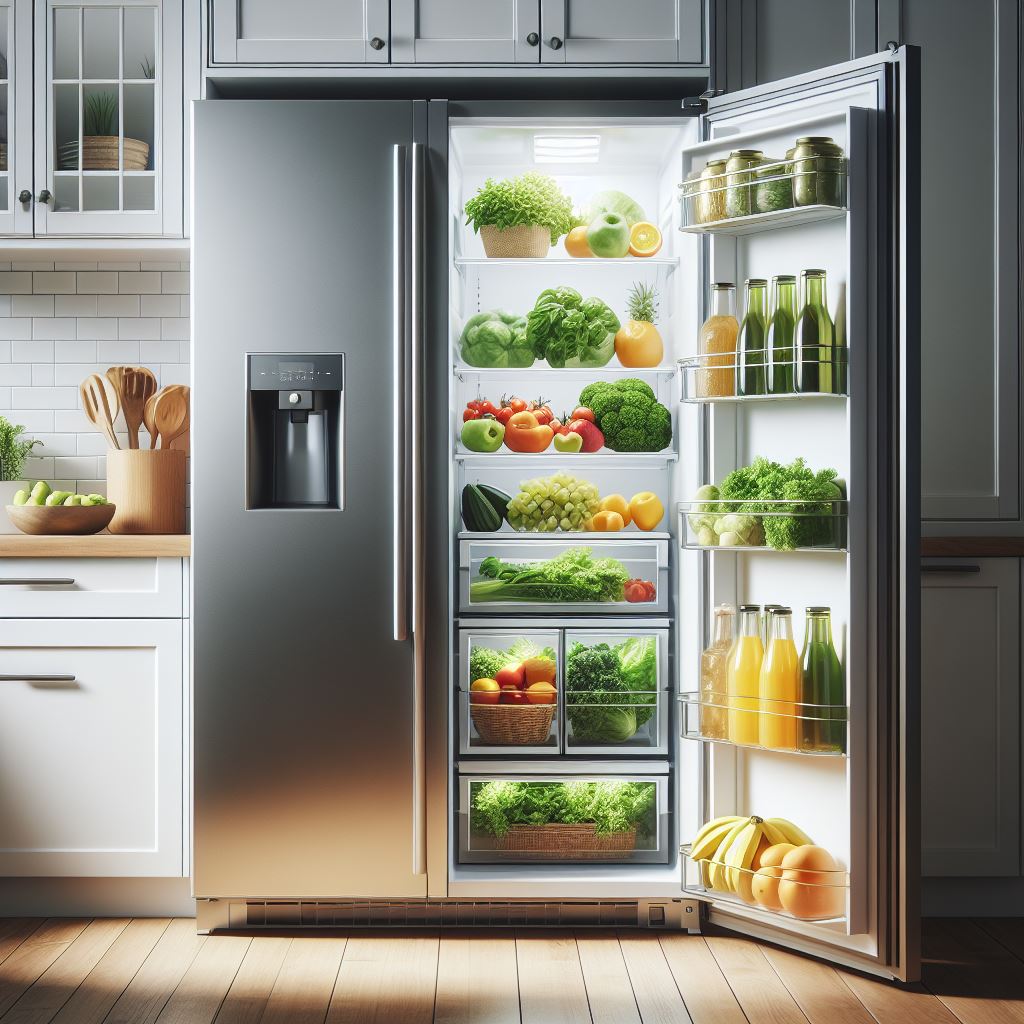As a refrigerator technical expert, I understand the importance of properly storing cooked shrimp to maintain its freshness and safety. In today’s fast-paced world, many of us enjoy the convenience of cooking shrimp in bulk and storing it for later use. However, the question remains: how long can cooked shrimp really last in the refrigerator?
In this comprehensive guide, we’ll dive into the facts and provide you with the information you need to ensure your cooked shrimp stays fresh and delicious.
Understanding the Fundamentals of Food Safety
Before we delve into the specifics of cooked shrimp storage, it’s essential to understand the basic principles of food safety. The United States Department of Agriculture (USDA) recommends storing perishable foods, including cooked shrimp, at a temperature of 40°F (4°C) or below. This is because harmful bacteria, such as Salmonella and E. coli, can multiply rapidly in the temperature danger zone, which ranges from 40°F to 140°F (4°C to 60°C).
The Importance of Temperature Control
- USDA guidelines for storing perishable foods at 40°F (4°C) or below.
- Explanation of the temperature danger zone and its impact on bacterial growth.
- Maintaining proper refrigeration to slow down the multiplication of harmful bacteria.
Shelf Life of Cooked Shrimp in the Refrigerator
The shelf life of cooked shrimp in the refrigerator can vary depending on several factors, including storage temperature, handling practices, and the initial quality of the shrimp.
Refrigerator Temperature and Shelf Life
- Cooked shrimp stored at 40°F (4°C) or below can typically last for 3 to 5 days in the refrigerator.
- If the temperature rises above 40°F (4°C), the shelf life is reduced to 1 to 2 days.
Impact of Storage Containers
- Using a covered, airtight container helps prevent contamination and maintain freshness.
- Storing cooked shrimp in open containers or wrapping it in plastic can lead to faster spoilage.
Influence of Initial Shrimp Quality
- Fresher, higher-quality shrimp will generally have a longer shelf life than older or lower-quality shrimp.
- The initial quality of the shrimp before cooking can impact its refrigerator storage time.
Handling Practices and Shelf Life
- Proper handling, such as using clean utensils and avoiding cross-contamination, can help extend the shelf life of cooked shrimp.
- Improper handling can introduce harmful bacteria and reduce the storage time.
Reheating and Re-Cooking Benefits
- Reheating or re-cooking cooked shrimp can help kill any bacteria that may have developed during storage.
- This process can effectively extend the shelf life of the cooked shrimp, as long as it’s done properly and the internal temperature reaches 165°F (74°C).
Factors Affecting the Shelf Life of Cooked Shrimp
To ensure the safety and quality of your cooked shrimp, it’s essential to understand the factors that can impact its shelf life. Let’s explore these factors in more detail:
Storage Containers
- Using a covered, airtight container is crucial to prevent contamination and maintain freshness.
- Avoid storing cooked shrimp in open containers or wrapping it in plastic, as this can lead to faster spoilage.
Handling Practices
- Always use clean hands and utensils when handling cooked shrimp to prevent cross-contamination.
- Avoid letting cooked shrimp come into contact with raw seafood or other raw ingredients, as this can introduce harmful bacteria.
Initial Shrimp Quality
- The quality of the shrimp before cooking can significantly impact its shelf life in the refrigerator.
- Fresher, higher-quality shrimp will generally last longer than older or lower-quality shrimp.
Reheating and Re-Cooking
- Reheating or re-cooking cooked shrimp can help kill any bacteria that may have developed during storage.
- This can effectively extend the shelf life of the cooked shrimp, as long as it’s done properly and the internal temperature reaches 165°F (74°C).
Storing Cooked Shrimp Safely
To ensure the safety and quality of your cooked shrimp, follow these tips:
Use Airtight Containers
- Store cooked shrimp in a covered, airtight container to prevent contamination and maintain freshness.
- Avoid storing cooked shrimp in open containers or wrapping it in plastic.
Label and Date
- Label the container with the date and contents to keep track of when the cooked shrimp was stored.
- This will help you use the oldest shrimp first and avoid consuming spoiled or unsafe food.
Refrigerate Promptly
- Refrigerate cooked shrimp as soon as possible, ideally within 2 hours of cooking.
- Leaving cooked shrimp at room temperature for more than 2 hours can lead to bacterial growth and food safety issues.
Maintain Proper Temperature
- Store the cooked shrimp at the bottom of the refrigerator, where temperatures are typically colder.
- Ensure your refrigerator is set to 40°F (4°C) or below to prevent bacterial growth.
Consume Within the Recommended Timeframe
- Cooked shrimp stored in the refrigerator at 40°F (4°C) or below should be consumed within 3 to 5 days.
- If the temperature rises above 40°F (4°C), the shelf life is reduced to 1 to 2 days.
By following these tips, you can help ensure the safety and quality of your cooked shrimp, minimizing the risk of foodborne illness and enjoying your seafood dishes for longer.
Reheating Cooked Shrimp Safely
When it comes to reheating cooked shrimp, it’s essential to do so safely to kill any bacteria that may have developed during storage. Here are some tips for reheating cooked shrimp:
Use a Food Thermometer
- Ensure the internal temperature of the cooked shrimp reaches 165°F (74°C) or higher to kill any harmful bacteria.
Avoid Reheating Multiple Times
- Reheating cooked shrimp multiple times can lead to further bacterial growth, so it’s best to reheat only once.
Microwave or Oven
- You can reheat cooked shrimp in the microwave or oven, but be sure to monitor the temperature and avoid overcooking.
Consume Immediately
- Once the cooked shrimp has been reheated, consume it immediately to minimize the risk of bacterial growth.
Recognizing Signs of Spoiled Cooked Shrimp
It’s important to be able to identify when cooked shrimp has gone bad to avoid consuming unsafe food. Here are some signs to look for:
- Odor: Spoiled cooked shrimp may have a sour, fishy, or unpleasant odor.
- Texture: Cooked shrimp that has gone bad may feel slimy or sticky to the touch.
- Appearance: Look for any signs of mold or discoloration, as these can indicate that the shrimp has spoiled.
If you notice any of these signs, it’s best to err on the side of caution and discard the cooked shrimp to prevent foodborne illness.
Frequently Asked Questions (FAQs)
Q: Can I freeze cooked shrimp? A: Yes, you can freeze cooked shrimp for longer-term storage. However, it’s important to freeze the shrimp within 2 hours of cooking and store them in airtight containers or freezer bags to prevent freezer burn and contamination.
Q: How do I reheat cooked shrimp safely? A: To reheat cooked shrimp safely, use a food thermometer to ensure the internal temperature reaches 165°F (74°C). You can reheat the shrimp in the microwave or oven, but avoid reheating them multiple times, as this can lead to bacterial growth.
Q: Can I eat cooked shrimp that’s been left at room temperature for a few hours? A: No, it’s not recommended to eat cooked shrimp that’s been left at room temperature for more than 2 hours. Bacteria can grow rapidly in the temperature danger zone, so it’s best to discard any cooked shrimp that’s been left out for an extended period.
Q: How do I know if cooked shrimp has gone bad? A: Signs of spoiled cooked shrimp include an off-putting odor, slimy texture, and the presence of mold or discoloration. If you notice any of these signs, it’s best to err on the side of caution and discard the shrimp.
Prioritizing Food Safety for Delicious Cooked Shrimp
Properly storing and handling cooked shrimp is essential for maintaining food safety and quality. By understanding the factors that affect the shelf life of cooked shrimp, such as temperature, storage containers, and handling practices, you can ensure that your leftover seafood dishes remain fresh and safe to consume.
Remember to always store cooked shrimp in the refrigerator at 40°F (4°C) or below, use airtight containers, and consume the shrimp within the recommended timeframe. By following these guidelines, you can enjoy your cooked shrimp with peace of mind, knowing that you’re prioritizing food safety and quality.







